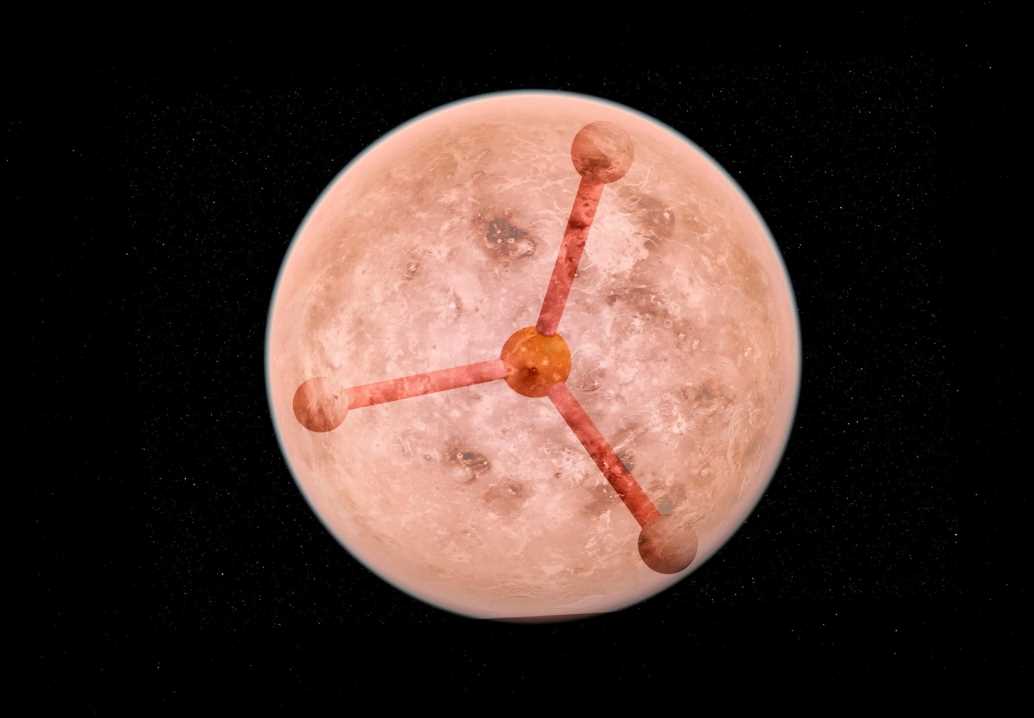New alien life on Venus might be silent but deadly.
Researchers have discovered phosphine, one of the most noxious gasses identified in nature, in the clouds of our planetary neighbor. The presence of the colorless, flammable, potentially lethal compound, a byproduct of decaying organic matter as well as some industrial processes, suggests there may be life present on Venus.
Scientists have previously identified phosphine as a potential “biosignature” of life on other planets; however, this is the first confirmation that the molecule exists in large amounts anywhere other than Earth, according to a new study published in Nature Astronomy.
“Either phosphine is produced by some sort of chemical or geological process that no-one knows about — or there could be a biological reason,” said one of the study’s authors, Emily Drabek-Maunder. The astrophysicist at the Royal Observatory Greenwich told The Independent, “Our study isn’t conclusive that this is evidence of life. However, what is exciting about it is that we’ve found this rare gas in the upper atmosphere of Venus.”
“Our team can’t explain the amount of phosphine that we’ve found, through our current understanding of the planet. When we try to model what’s happening in the atmosphere — volcanic activity, sunlight, or even lightning — nothing re-creates the amount of phosphine gas that we’ve seen,” Drabek-Maunder explained.
The discovery, made by astronomer Jane Greaves of Cardiff University in Wales, was a fluke: They conducted the test as a control experiment to add parameters to the future study of extraterrestrial phosphine. But scientists never imagined they’d actually find a detectable amount of phosphine — 20 parts per billion — on Venus.
“I thought we’d just be able to rule out extreme scenarios, like the clouds being stuffed full of organisms. When we got the first hints of phosphine in Venus’ spectrum, it was a shock,” said Greaves, who hopes to eventually send a modest spacecraft to the blazing-hot planet to collect data below its cloudy, phosphine-rich atmosphere.
Despite waiting two years to publish her discovery, Graves told Wired, “I can wait 10 years if I have to.”
Share this article:
Source: Read Full Article
